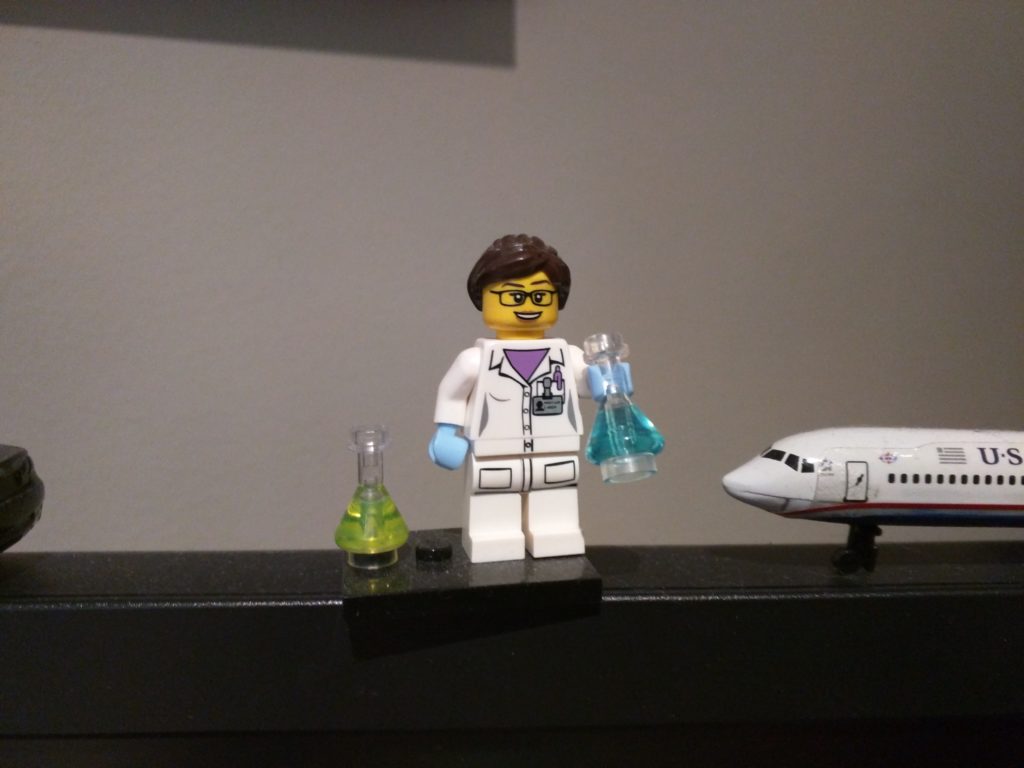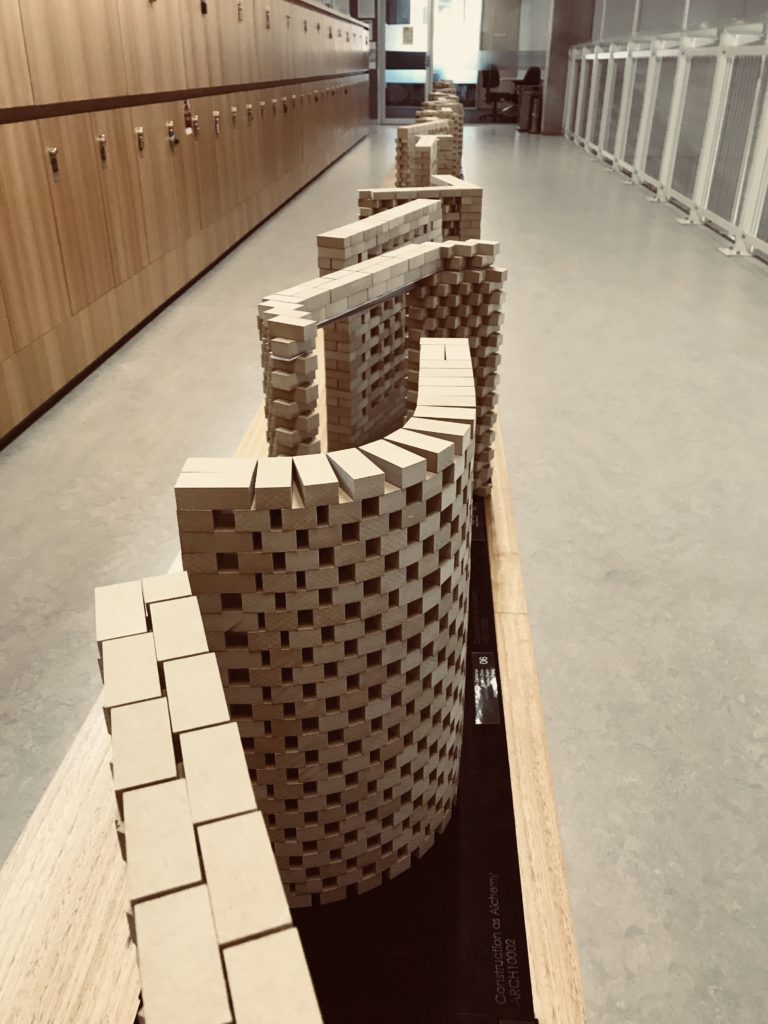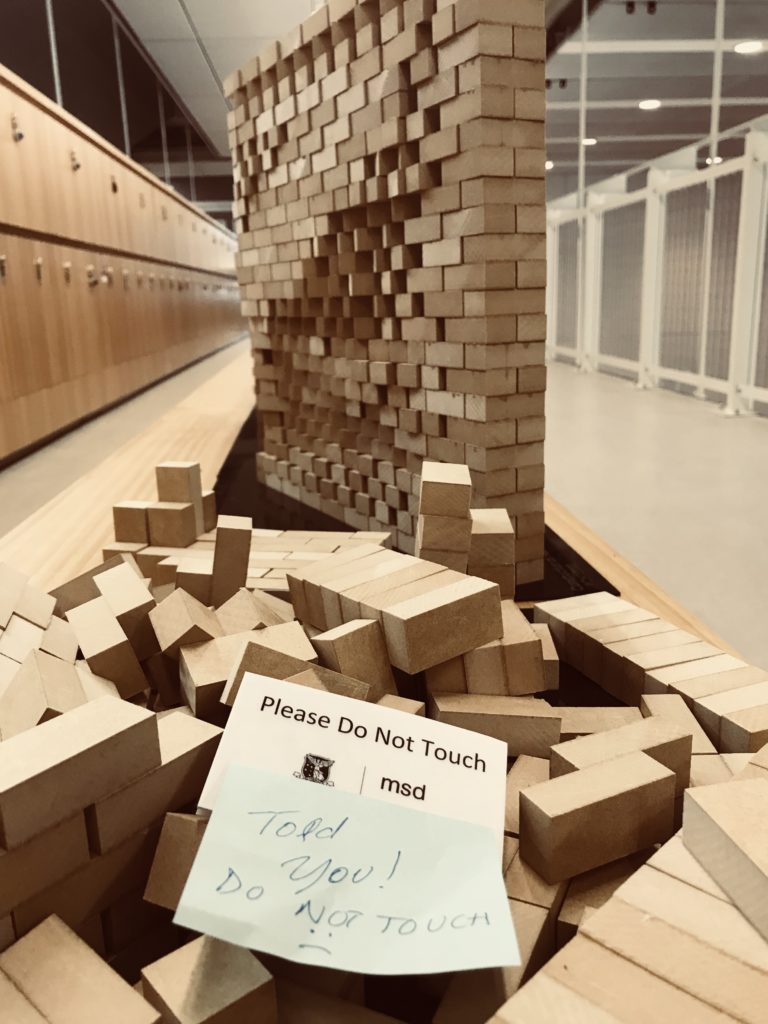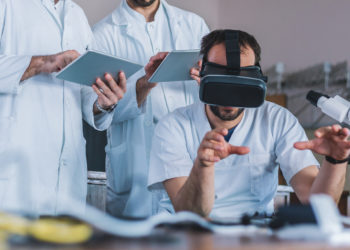
LEGO®* is back in my life in a big way. This is partly because of:
- my 4 year old child
- the awesome LEGO Movie (if you haven’t seen it, I encourage you to do so – it’s life-affirmingly funny and clever)
- the hilarious LEGO Star Wars TV mini-series
- the inspiring LEGO Masters competition
And partly because it never went away anyway. Given all of this, I’m delighted to learn that LEGO is also now something I can legitimately talk about at work (and add to the Scholarly Kitchen‘s Lego canon) because of its growing use in research. This article by The Times (of London)’s science editor Tom Whipple highlights projects in which LEGO has played a pivotal role:
- New Nerve Gas Detector Built with Legos and a Smartphone – Dr Eric Anslyn at the University of Texas at Austin
- “Researchers at the University of Texas at Austin have developed a way to detect the presence, type and concentration of nerve agents in the field using Legos, a smartphone and a chemical sensor.” LEGO was key to the project because they needed people applying the technology around the world to be able to build a “light-tight” space from readily available, simple materials. They’d initially thought about 3D printing but “realized that 3D printers and the materials used in them can be inaccessible, uneven or cost-prohibitive in some parts of the world. That’s when Pedro Metola, a clinical assistant professor at UT, thought of using LEGO bricks. “Legos are the same everywhere you go,” Metola said.”
- Pumpy McPumpface – Dr Ricardo Henriques at UCL
- An “amazing example of how people automated a stupid and tedious task, making it possible to do experiments which were too annoying to perform practically” (in the words of Sergii Pochekailov), this “‘hack’ for fluid exchange in microscopes” (thank you @SangerCytometry for that plain language summary) has its own hashtag (#pumpy) and bioRxiv preprint
- Tom’s Twitter thread includes plenty more examples of how researchers are using LEGO:
- “I used it to quickly make new mazes for fish.” Robert Holbrook (former neurobiologist)
- “I met someone a few years ago who had built a mouse treadmill from Lego!” Matt Kemp, Managing Director at Scientifica
- “We have a project where we’ve made a microscope out of Lego! We use Lego and an iPhone to image nanoparticles!” Sambur Research Group, Colorado State University (here’s a photo of a Lego microscope, from Lizzy Brama, Senior Laboratory Research Scientist at the Francis Crick Institute)
LEGO is also useful for teaching; Duncan Casey of the Bristol Centre for Functional Nanomaterials describes their “atomic force microscope demo made of Lego, a laser pointer and a mirror.” as “a really nice hands-on demo for schools” while Kerry Noble, a communications consultant and previously the News Editor for Imperial College London, wrote this article about how Professor Joshua Edel is using LEGO for teaching chemistry undergraduates how to build spectrometers (“They need to put the components together at the correct heights and with the correct angles and LEGO allows them to do this to within a few millimetres’ accuracy.”) LEGO was on the agenda at last year’s FORCE 11 conference, in a session designed to help people understand the functionality of Git (version control / source-code management).
You may recall my delight in using toys to explain complex things. How cool that we’re now using toys to build complex things, too.
PS I should acknowledge that “other construction-enabling toys are available.” Although some lack that critical inter-locking capability that makes LEGO so robust.
*Editor’s Note: this post was a bit of a struggle to edit, and resulted in a great deal of time spent down the rabbit hole of the proper use of the word “LEGO”, its capitalization, and correct plural usage (“LEGO bricks” or “LEGO sets” but not “LEGOs”). We’ve tried to follow the LEGO company guidelines where possible, but left any quotes from others intact. We apologize in advance to the LEGO grammar pedants for any errors.
Discussion
6 Thoughts on "LEGO in the Lab"
Thank you for the interesting article.
Here is another recent account of the use of LEGO in a scientific experiment that was highlighted in the mainstream press (no advanced building skills required):
https://onlinelibrary.wiley.com/doi/full/10.1111/jpc.14309
Oh that is brilliant! Thank you John – another great addition to the canon!
In 1961, Otto Wichterle used the toy construction set Merkur (https://en.wikipedia.org/wiki/Merkur_(toy)) to make the first soft contact lenses. Some information in English is for example here:
https://www.theatlantic.com/technology/archive/2014/10/soft-contact-lenses-were-created-with-a-toy-construction-set/381070/
Wow – as a past contact lens wearer I am particularly pleased to learn about this; thank you, Ondrej!
LEGO Serious Play is the one we should be talking about. It is all about how to induce creativity in organizations: https://en.wikipedia.org/wiki/Lego_Serious_Play
Don’t ask me how it works yet, but there are enough LinkedIn posts and YouTube videos on the topic where I am currently learning about it.
There are many tools and methodologies that might be employed to help teams work together and spark some creativity.
As someone with over 18 years of publishing and management experience I found my experience with LEGO Serious Play (LSP) to be quite profound and highly adaptable to those looking at teamwork, strategy development, project work and scenario planning, among others (so much so I certified as a facilitator).
Typically LSP workshops deliver high engagement and engender a common sense of purpose.
I would be happy to provide an overview to anyone interested.


